Timing Breakthroughs
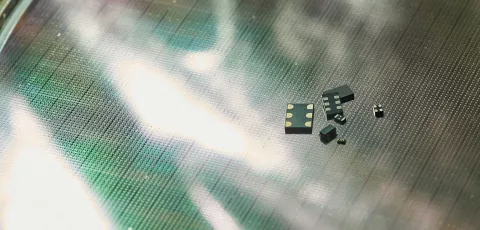
Timing is critical, and we’ve reinvented it.
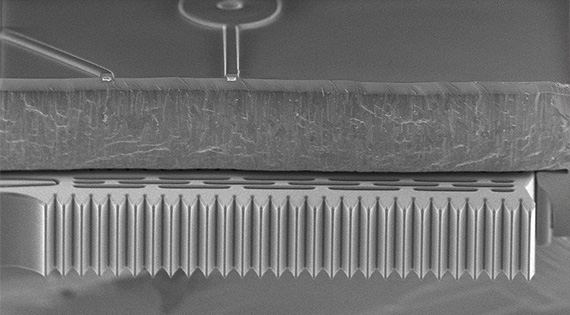
2007: A Breakthrough Process
One speck of dust can impact a resonator's performance. So, resonators cannot be exposed to any outside elements. This is especially true for MEMS resonators, which are smaller than a grain of salt. (MEMS stands for Micro-Electro-Mechanical Systems.)
We transformed the timing industry by creating the MEMS First™ and EpiSeal™ processes. Not only were we able to clean and seal MEMS resonators without exposing them to outside contaminants; we were the first to manufacture MEMS resonators in high volume. As a result, silicon-based timing devices became a reliable alternative to quartz timing devices.
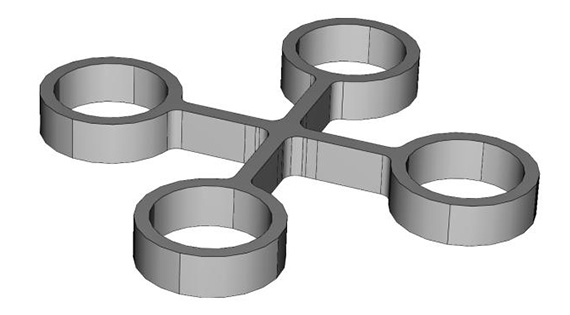
2011: Immunity to Shock and Vibration
Phones are dropped. Car parts shake under the hood. Earthquake detection systems are drilled into the ground. That’s why timing devices need to be immune to shock and vibration. MEMS resonators are inherently better than quartz at dealing with external forces because they are so much smaller. In 2011, we introduced a new MHz resonator design, which made our products 30 times more immune to shock and vibration in comparison to quartz.
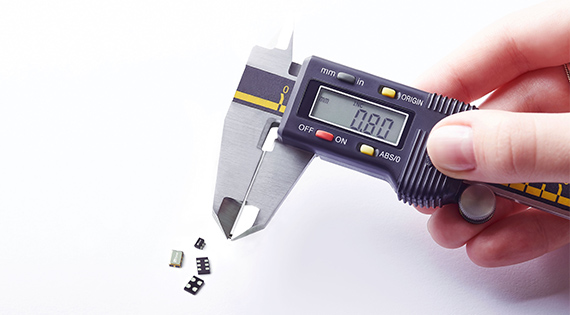
2013: The Smallest Timing Device
Our MEMS solutions make bulky quartz timing devices seem like a thing from the Stone Age. We were the first to use chip-scale packages for timing (CSP), enabling tiny oscillators smaller than a pinhead. And because MEMS is made of silicon (and quartz isn’t), we can take advantage of the latest packaging techniques from the semiconductor industry without massive investment.
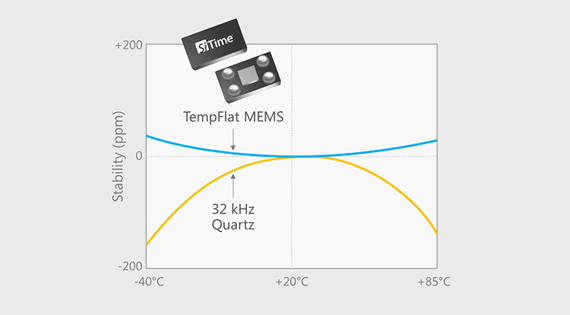
2013: Beating Quartz at Temperature
Temperature affects an oscillator’s performance, which can lead to dropped calls or lost GPS connectivity. To combat this, we created TempFlat MEMS™, which is two times better than quartz in accuracy. As an added bonus, this invention lowered power consumption, enabling longer battery life in electronics.
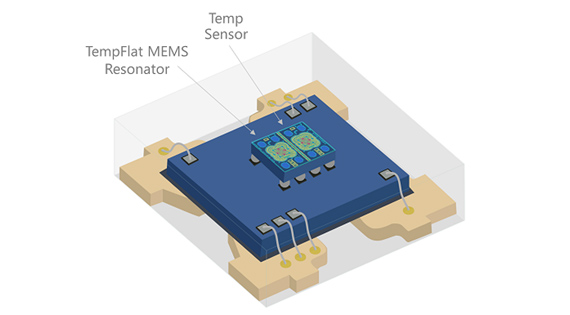
2016: The World's Only Resonator and Temperature Sensor on the Same Chip
Components turn on and heat up a device. Fans turn on and cool the system. These temperature changes impact the performance of electronics. That's why we introduced DualMEMS™, which places a resonator and temperature sensor on the same chip. This invention makes our devices even more stable in the face of fast temperature ramps – something that quartz cannot do.
In the following video, you can see our devices maintain their stability, while the quartz device is in for a bumpy ride.